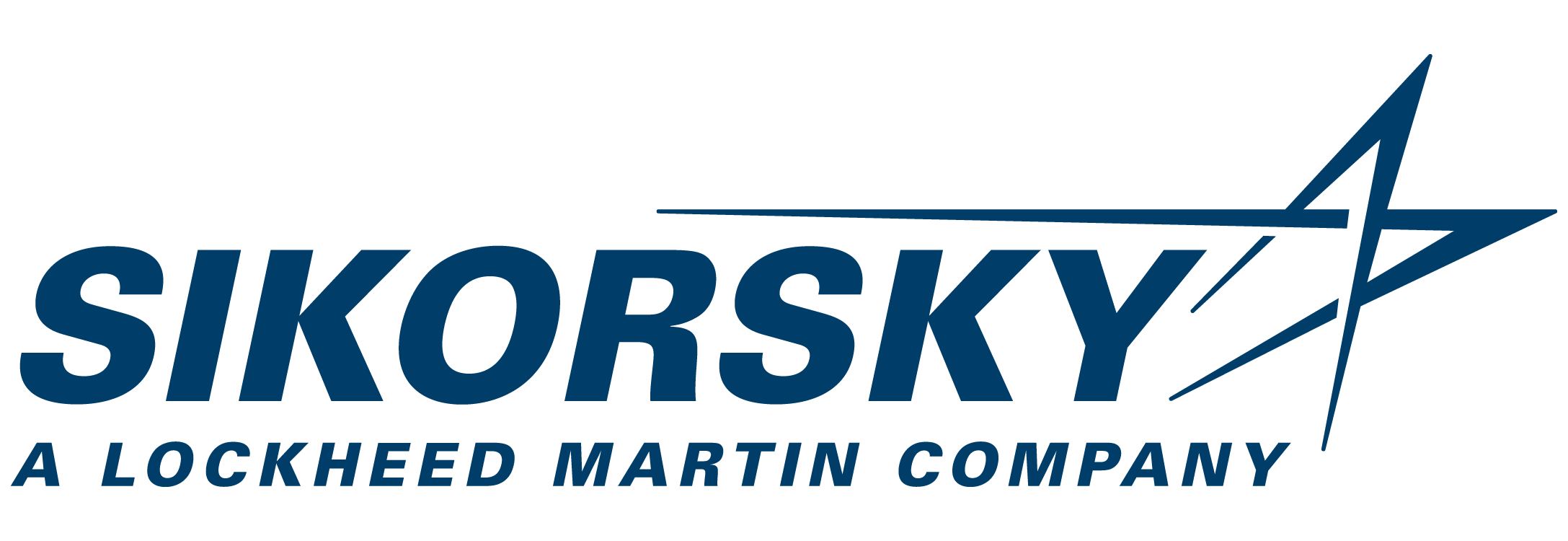WHO WAS THE FIRST MARINE CORPS HELICOPTER PILOT?
Reprinted from the Flying Leathernecks Museum website in the NHA ROTOR REVIEW Issue 125
LTCOL Ronald J. Brown, USMCR (Ret.)
There is some dispute about who the first Marine Corps helicopter pilot actually was. According to
Marine lore, that honor goes to fighter ace and famed test pilot Marion E. Carl, but the official records of the naval service identify Major Armond H. DeLalio as Marine helicopter pilot number one.
Marion Carl himself proclaimed that Desmond E. Canavan was probably the first Marine to fly a
helicopter.
According to the Marine Corps’ official history, Marines and Helicopters, 1962-1973, “Major General Marion E. Carl is generally credited with being the first Marine to learn how to fly a helicopter in July 1945, [but] it was not until some years later that he was officially designated [as such].” In his autobiography, Pushing The Envelope (Annapolis, MD: Naval Institute Press, 1994), Carl relates that he learned how to fly a Sikorsky HNS (R-4) while a test pilot stationed at the Naval Air Test Center, Patuxent River, Maryland. He was given about three hours of instruction before he soloed, In that same memoir, however, he states that fellow Marine Desmond Canavan was flying helicopters in late 1944. Carl’s claim that he was helicopter pilot number one rests upon the fact that he was the first Marine to log the 40 hours required for certification even though he never applied for such certification. Neither Carl nor Canavan appear on the naval service helicopter pilot certification list prior to June 1950.
Marine Corps Historian Lynn Montross, the recognized authority on early Marine helicopter operations, lists Navy Cross holder Armond DeLalio as having flown U.S. Navy helicopters at New York’s Floyd Bennett Field, then under the auspices of the U.S. Coast Guard in 1944. He is officially recognized as the first Marine certified as a helicopter pilot, achieving that honor on 8 August 1946. DeLalio was the operations officer for Navy helicopter squadron VX-3 at that time. He was killed during a test flight in 1952 when a rocket-assisted takeoff pod malfunctioned causing his HRS helicopter to catch fire and then crash.
The Navy register of early helicopter pilots lists 250 qualifiers prior to the onset of the Korean War in June 1950; 33 are Marines, including three enlisted naval aviation pilots (the famous “Flying Sergeants” of the Marine Corps).
While who should be recognized as the true “Gray Eagle” of Marine helicopter aviation remains murky, there is little doubt about the specific incident that started the Marine Corps helicopter program. That event occurred at Quantico, Virginia, in 1946 and was described by helicopter pioneer Edward C. Dyer.
One day Marion Carl, a test pilot at Patuxent, flew a helicopter to Marine Corps Schools to demonstrate it to the students …. He hoisted [Lieutenant Colonel Victor H.] Brute Krulak … about 15 feet [ off the ground] and pulled him into the cockpit. [Lieutenant Colonel Merrill B.] Twining and I were standing by the window and watching and I said ‘Bill, let’s … quit fooling around.’ He said ‘OK! … He wrote the theory, … principles, … background, … reasoning, … and I wrote [ an implementation] program.”
Marion Carl recalled that he specifically selected Lieutenant Colonel Krulak because his small stature and
light weight could be accommodated by the limited room and lift capability of his HOS-I helicopter. Krulak
thereafter became a helicopter devotee.
*Submitted by NHAHS (borrowed from the Flying Leathernecks)
